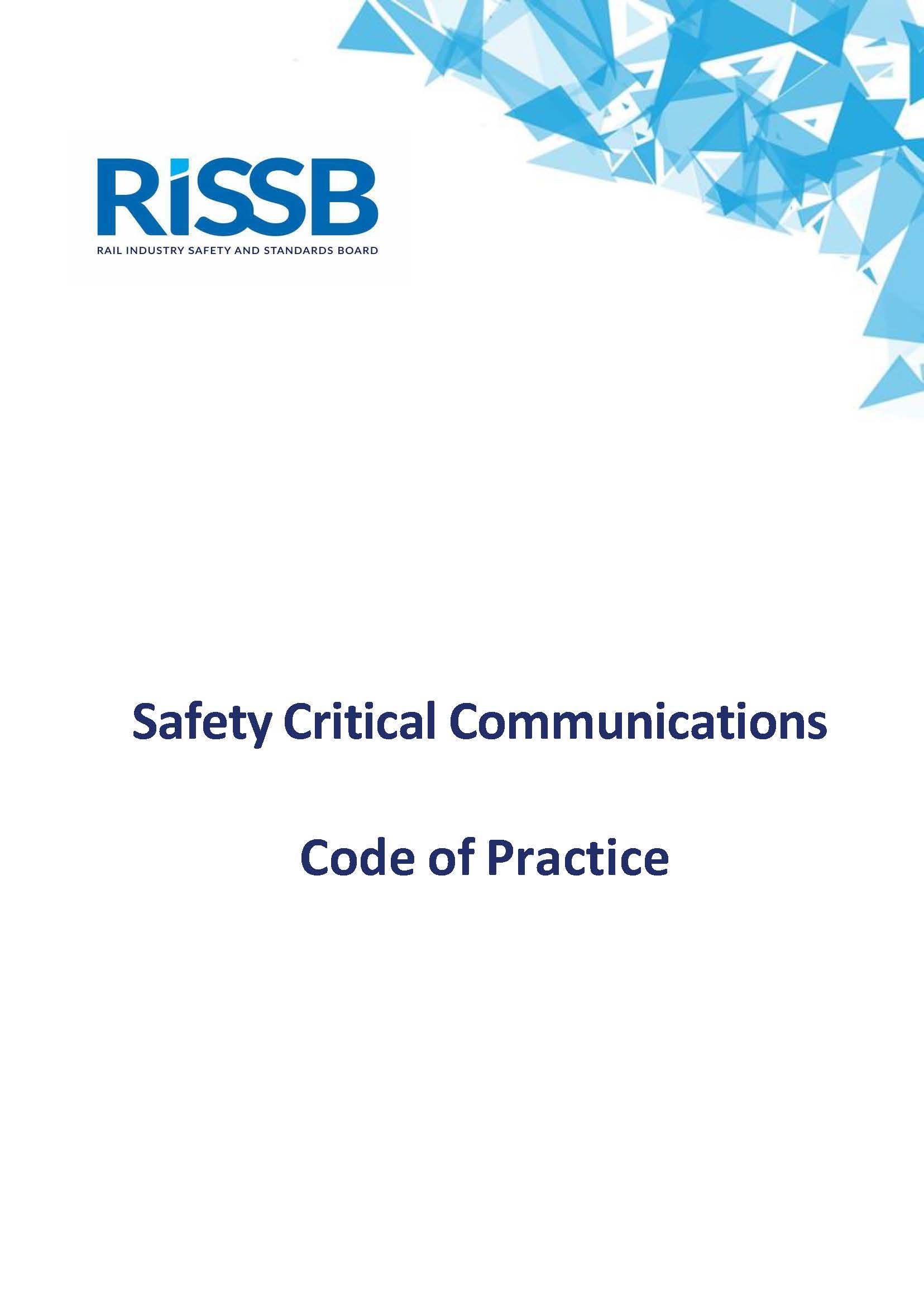Safety critical communications are communications that, if not delivered, received, and understood correctly, could result in death, serious injury or incur significant damage to property, infrastructure, or the environment.
This Code of Practice (CoP) provides principles and practices for the transmission of safety critical communications by rail safety workers on the Australian railway network, including all heavy and light rail operations.
Additionally, this CoP provides a reference for common terms and phraseology to promote harmonisation across all heavy and light rail networks.
The practices in this CoP are applicable to all entities working in the Australian rail industry. This includes all rail transport operators, contractors, and any third parties whose personnel engage in safety critical communications.
This CoP complements the Australian Harmonised Network Rule 2007 – Network communication and should be read in conjunction with that rule.
The scope includes all safety critical communications used to manage the safe operation of the railway, including:
- face-to-face, verbally or through handsignals;
- radio;
- telephone;
- written, including electronic (e.g. documents containing safety critical information);
- any other safety critical communications.
This CoP seeks to ensure that all users recognise that the practice of effective communication covers a wide range of areas including:
- emergency communications, including to external parties;
- all safeworking communications between rail safety workers relating to but not limited to:
- rail traffic operations;
- work in the rail corridor (e.g., track works).
- shift change handover information;
- worksite briefings containing safety critical information (e.g., worksite protection arrangements / limits);
- safety critical communications equipment and systems.




